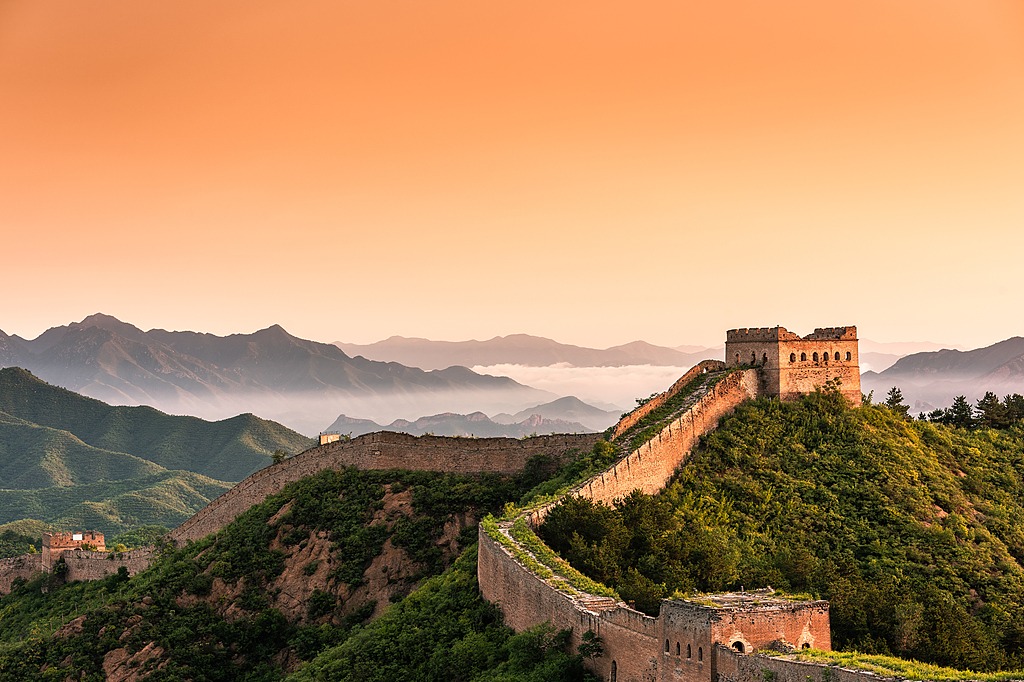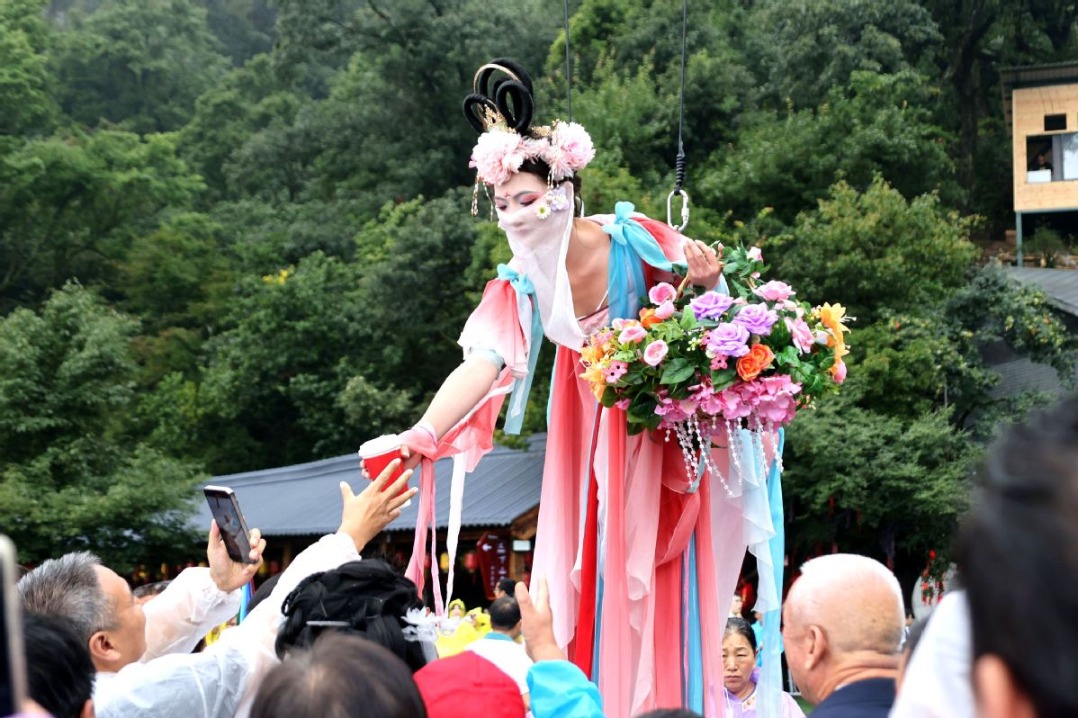Taking the temperature to discover why Beijing is so cold this year


Beijing can often be beautiful in winter. Due to low humidity with increasingly clear blue skies, providing there is no wind, winters in the Capital actually feel quite pleasant for walking, certainly for photography. Areas such as Shichahai can be fun, with many people skating on the frozen lakes.
To appreciate more of China's climatic differences, taking a westbound train can be educational. An example, the journey from densely populated, humid areas of eastern China to the far reaches of Xinjiang. As the route progresses, large cities become fewer while rural areas noticeable are less intensively farmed. Beyond Lanzhou, following the Hexi Corridor, once renowned for the passage of Silk Road camel caravans, the terrain increasingly transforms into desert, settlements frequently centered around isolated oases. Rainfall becoming a rarity.
River journeys, following the Yangtze and West Rivers took me by boat through central and southern China. Travels only possible because of the abundant water resources available there compared to the north.
In trying to understand the yearly weather patterns experienced it is essential to look well beyond our immediate local area. Winter, for example in Beijing, is influenced by atmospheric conditions developing way to the north, over very lightly populated, remote areas of northeastern Asia. Indeed wind direction is a critical factor in determining daily conditions.
Presently, the current wind pattern is mostly from the northwest, roughly the direction from which aircraft flying from Europe will follow. The route over northern Russia, then south over Mongolia, flying conditions in winter are generally very smooth. The air stable for air pressure is high. Cold temperatures with clear skies cause the air to sink, building up over the earth's surface. This leads to a greater density of air particles, consequently producing higher pressure. In hotter climates, such as over southern China, air warms, it rises, clouds form. There, flying may sometimes feel turbulent for the air pressure is both lower and subject to frequent changes.
It can be fascinating aboard Beijing-bound flights coming in from the north, watching land below gradually changing from the extreme dryness of the Gobi Desert. Approaching Zhangjiakou, green mountainous slopes rise toward Chongli - location for some outdoor skiing events of the upcoming 2022 Beijing Winter Olympics.
Uplands, even within semi-arid areas, can attract precipitation allowing plants and trees to grow. A stunning example being the Tianshan Mountains rising above the extensive dryness of Xinjiang.


































